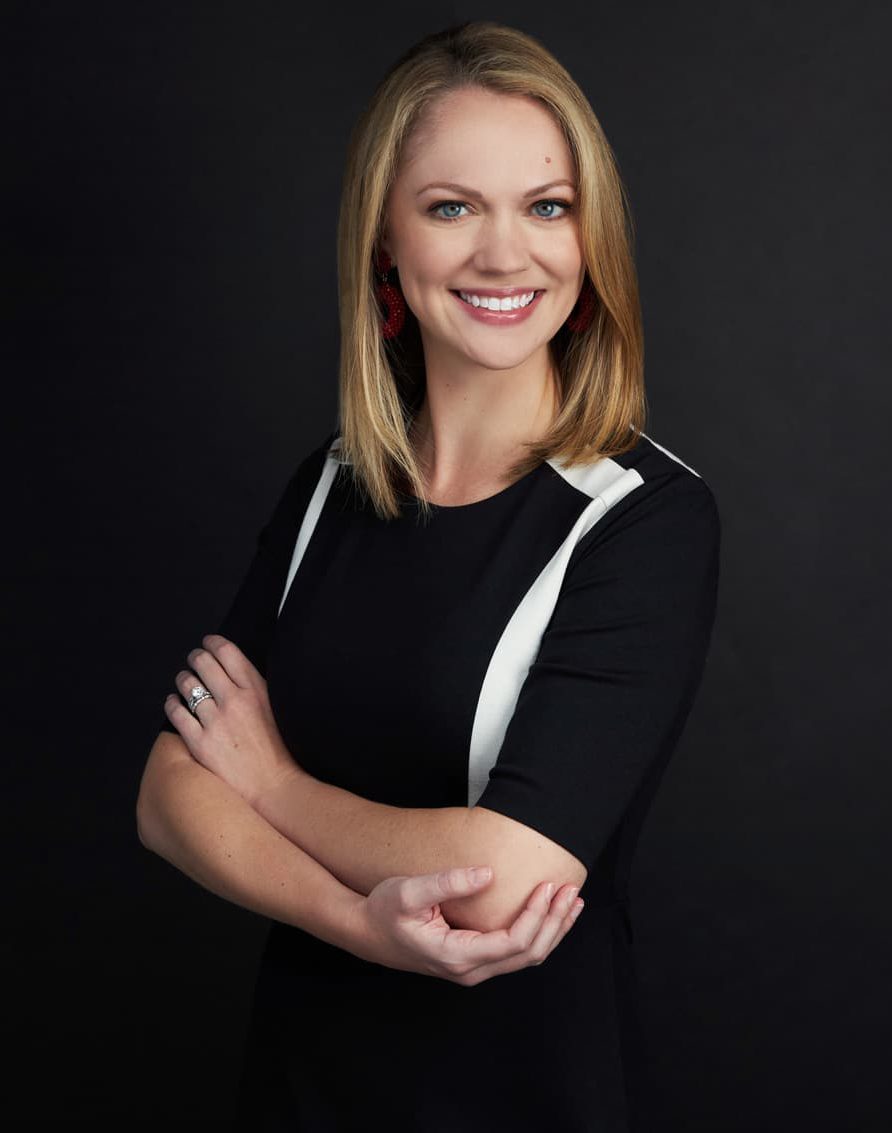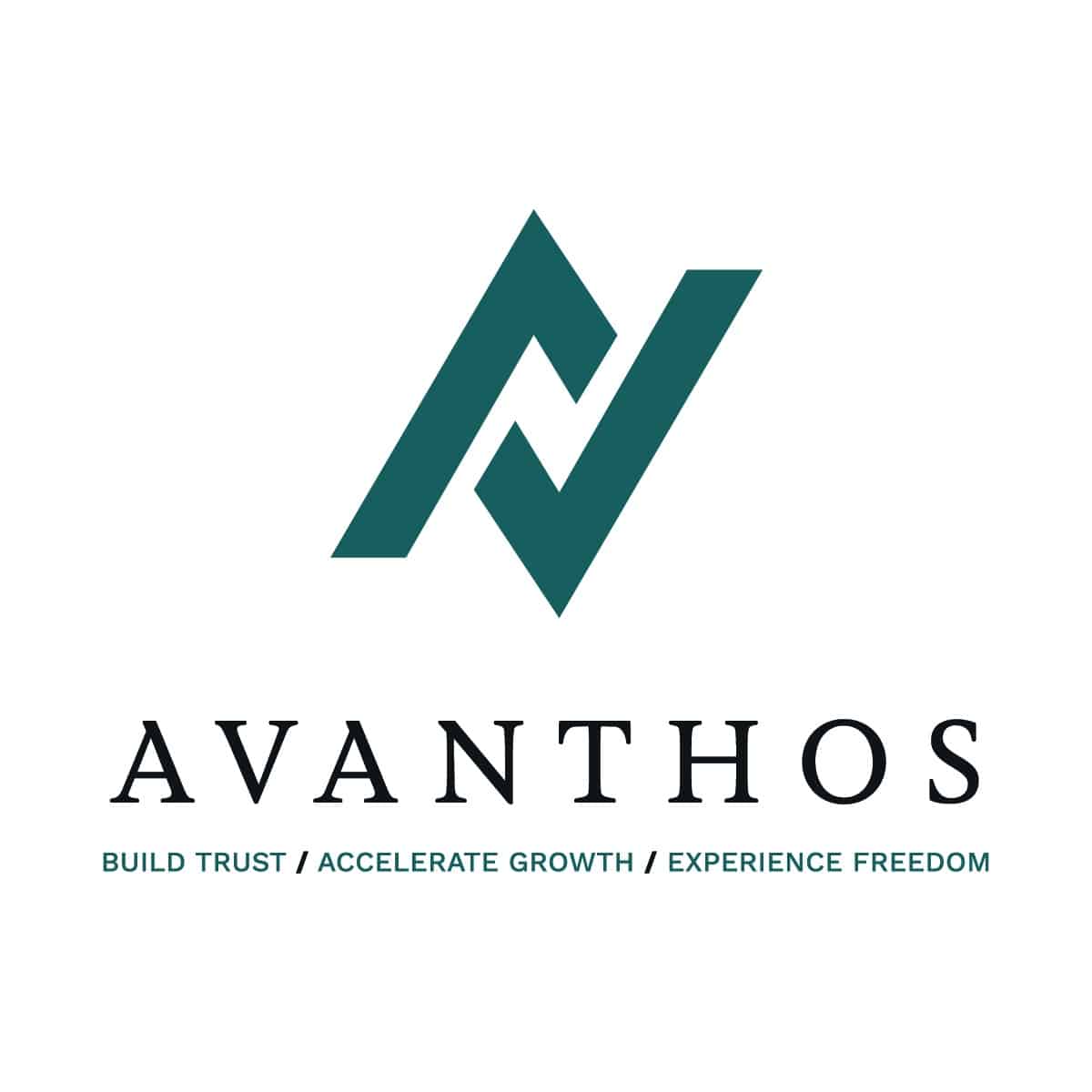How Jennifer Faught Helps Turn Strategy Into Shared Action
Scaling Up business coach Jennifer Faught works with founders who typically arrive at her doorstep running on fumes. They’re ambitious, passionate, and deeply committed to their businesses, but they’re also carrying an invisible burden. Their vision, goals, and growth strategy are locked up, accessible only to them.
“They’re carrying the whole business in their head,” Jennifer explains. “They know the vision. They know the goals. But no one else on the team can see it clearly, so every decision and every direction keeps circling back to them.”
The result is a cycle most founders know too well: late nights, constant problem-solving, and the growing frustration with a team that isn’t keeping pace. Even with competent, capable employees, progress is still hindered. Founders end up exhausted, teetering on the edge of burnout.
“It’s not that they don’t have good people,” she adds. “They do. But without a plan that’s written down, visible, and connected to what each person does every day, they feel like they’re dragging the business uphill, alone.”

Unlocking the Vision
For Jennifer, burnout is a symptom—the deeper cause is the absence of a shared strategy.
“I’ll ask them, ‘Can your team tell me what the top three priorities are for this quarter?’” Jennifer says. “Most of the time, they can’t. And that’s not the team’s fault. It’s because the founder hasn’t given them a roadmap.”
Founders may have a big goal in mind, a mental picture of the next three years. Even visions of explosive growth. But it all lives in fragments. Notes in a phone. A half-finished slide deck. A well-developed vision in their head.
That gap is what makes employees feel insecure and founders feel increasingly isolated. “They’re frustrated because they think the team isn’t stepping up. But really, the team doesn’t know how to step up.”
Putting it on Paper
The turning point comes when Jennifer guides them to put their strategy on paper so that everyone can see, understand, and own it.
She introduces and guides leadership teams through Align’s One Page Strategic Plan — capturing purpose, values, BHAGs, customer promises, and quarterly priorities in one living document.
“Once it’s written down, everything changes,” Jennifer shares. “The founder breathes again, because it’s no longer just on their shoulders. The team can see it. They can start making decisions without running everything by the founder. And that’s when momentum begins.”
The difference, she emphasizes, isn’t just about having a plan. It’s about making it a living and visible part of the day-to-day. To facilitate this, every priority is assigned to an owner in Align, accompanied by a timeline and clear metrics. The team makes updates to their tasks and metrics in real time. Weekly huddles and dashboards keep the vision front and center, so the entire company is moving in sync.
“It’s empowering,” Jennifer says. “People want to know they’re part of something bigger. When they can see the strategy and how they’re moving it forward, the culture shifts. Engagement goes up. Retention improves. Everyone feels like they’re winning together.”
The transformation is both practical and emotional. Founders reclaim energy and trust, while employees gain the clarity they’ve been missing.
Between the Meetings
For Jennifer, success isn’t built in a single planning session. Clarity has to be more than words on a page. She insists on executing the plan inside Align, where outcomes are visible and progress is tracked. Instead of vague goals and scattered updates, every team member knows what they’re working toward and how their efforts connect to the bigger picture.
“There is nowhere to hide when it’s right there in front of everybody, in the software.”
And through Align, Jennifer can see their progress in real time and step in with guidance exactly when it’s needed.
As clients interact in the platform, she receives weekly performance snapshots, meeting summaries, and real-time progress updates. That visibility lets her step in quickly if something is slipping.
“I can reach out right away if I see a priority falling behind,” she explains. “That way, we course-correct before it becomes a bigger problem. The founder doesn’t have to wait until the next quarterly to realize something is off track.”
Just as importantly, Jennifer can see their priorities, progress, and roadblocks inside Align, so she can step in where needed to keep founders from slipping back into the old pattern of shouldering the business by themselves.
Jennifer has seen the relief firsthand. One client, overwhelmed by constant firefighting, found that once their plan was in Align, his managers began leading meetings themselves. He no longer had to carry every decision; the system gave his team the confidence and clarity to lead. “They stopped waiting for him,” Jennifer recalls. “They knew where to focus, and they had the tools to measure progress.”
This shift is the heart of her coaching. For Jennifer, it’s not about handing leaders a vision board and walking away—it’s about giving them a system their teams can actually run with. Once the strategy lives in Align, it stops being an idea in the founder’s head and becomes a visible framework the whole company can act on. She guides leaders through the discipline of using it daily, so that priorities stay clear, accountability sticks, and growth feels steady instead of chaotic.
A Client’s Breakthrough
One of Jennifer’s most memorable stories comes from a client who had just spun out of a parent company. The transition was messy: financials were unclear, leaders were new, and uncertainty loomed.
Together, they built a strategic plan in Align, set clear priorities, and established rhythms for accountability.
“They were able to double their revenue. They were able to increase their profit, and I truly believe it’s because we had transparency and alignment around what that strategic plan was.”
But numbers only told part of the story. What Jennifer saw was a culture of empathy evolving.
“They are fiercely protective of each other and of their clients… They just love on their people… and that’s why the revenue follows.”
Align didn’t just keep the plan alive. It gave the team a common language and a shared sense of purpose.
The result?
The founders reclaimed their energy.
Teams found purpose in their daily work.
The business started building real momentum.
And the dream of tremendous growth that once lived in a founder's mind became a reality.


